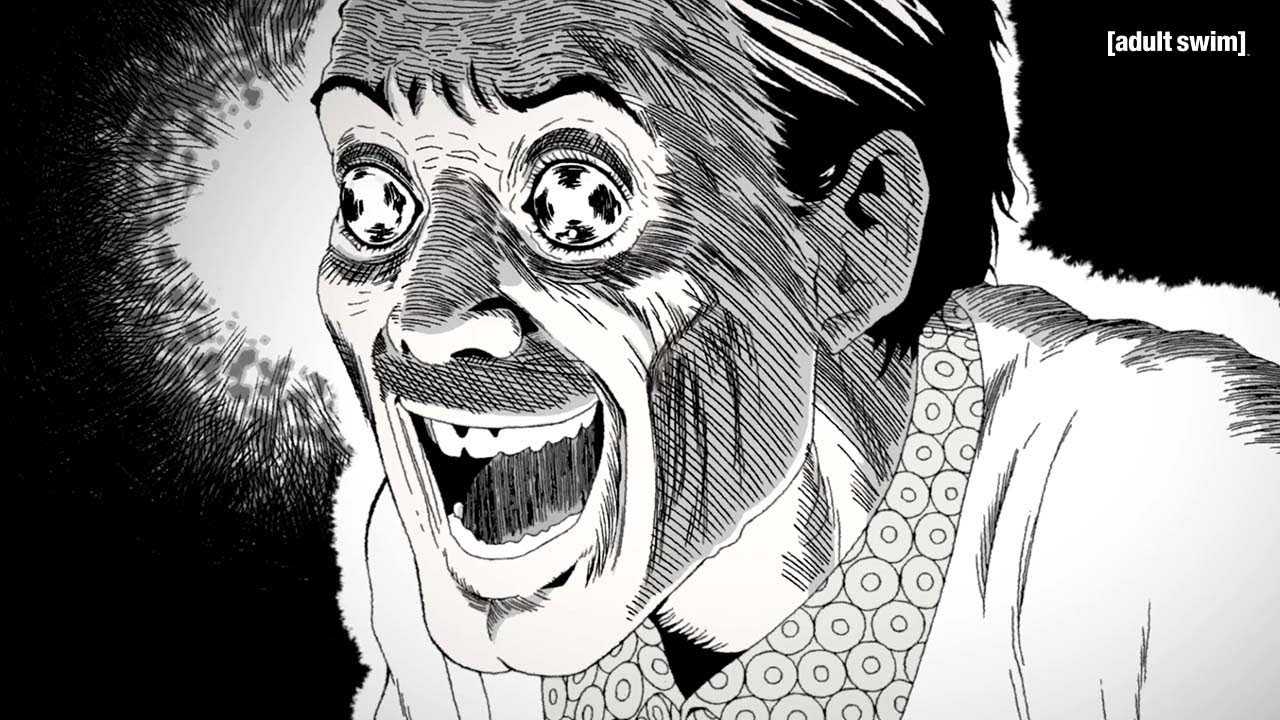Junji Ito Spiral

In the realm of horror manga, Junji Ito stands as a titan, his works leaving readers both mesmerized and petrified in equal measure. Among his vast repertoire of chilling tales, one motif reigns supreme: the spiral. In his distinctively eerie style, Ito crafts narratives that spiral into the depths of the human psyche, unraveling the darkest fears and the most unsettling horrors. Through his masterful storytelling and haunting illustrations, Ito has established himself as a maestro of the macabre, weaving intricate webs of terror that ensnare readers and plunge them into the abyss of dread.
The spiral, a seemingly innocuous symbol, serves as the focal point of Ito’s exploration of terror. What makes the spiral such a potent motif in his works? At its core, the spiral embodies a sense of infinite regression, a never-ending descent into madness and oblivion. It represents a departure from the linear, a distortion of reality that defies comprehension. In Ito’s hands, the spiral becomes a conduit for existential dread, a visual manifestation of the uncanny that worms its way into the subconscious.
One of Ito’s most iconic works, “Uzumaki,” epitomizes his fascination with the spiral. Set in the fictional town of Kurôzu-cho, “Uzumaki” chronicles the descent of its inhabitants into madness as they become ensnared by the spirals that plague the town. From swirling clouds to contorted bodies, the spiral manifests in myriad forms, each more grotesque and unnerving than the last. Through the lens of the spiral, Ito explores themes of obsession, compulsion, and the cyclical nature of horror itself.
Central to “Uzumaki” is the character of Kirie Goshima, who serves as the audience’s guide through the nightmarish landscape of Kurôzu-cho. As she bears witness to the horrors unleashed by the spiral, Kirie finds herself drawn deeper into its malevolent embrace, her own sanity hanging by a thread. Through Kirie’s eyes, readers experience the full extent of the terror that grips the town, as Ito masterfully builds tension with each turn of the page.
What sets Ito apart as a storyteller is his ability to imbue his tales with a sense of existential dread that lingers long after the final page has been turned. His stories do not rely solely on shock value or gratuitous violence; rather, they burrow into the psyche, leaving readers haunted by the lingering sense of unease that permeates his work. In “Uzumaki,” this sense of unease reaches its zenith as the spiral consumes everything in its path, leaving destruction and madness in its wake.
Beyond “Uzumaki,” Ito’s exploration of the spiral extends to other works in his oeuvre, each offering a unique perspective on the horrors that lurk beneath the surface of everyday life. In “The Enigma of Amigara Fault,” the spiral takes on a more literal form, as mysterious holes shaped like human silhouettes emerge from a mountainside, drawing unwitting victims to their doom. Through this premise, Ito delves into themes of existential dread and the irresistible pull of fate, as characters are compelled to confront their deepest fears in the shadow of the fault.
Similarly, in “Gyo,” Ito explores the intersection of body horror and the spiral, as a bizarre plague of walking fish with mechanical legs spreads across Japan, leaving death and destruction in its wake. As the spiral of madness tightens its grip on the protagonists, they are forced to confront the grotesque reality of their situation, leading to a climax that is as horrifying as it is inevitable.
In each of these works, Ito demonstrates a keen understanding of the human psyche and the primal fears that lurk within us all. By tapping into these fears, he creates narratives that resonate on a visceral level, eliciting a sense of dread that is as palpable as it is unsettling. Through his meticulous attention to detail and his uncanny ability to evoke a sense of atmosphere, Ito transports readers to worlds where the line between reality and nightmare is blurred beyond recognition.
Yet, for all its horrors, there is a certain beauty to be found in Ito’s work, a twisted elegance that is as captivating as it is disturbing. His illustrations, with their intricate linework and haunting imagery, possess a mesmerizing quality that draws readers deeper into the world of his creation. It is this combination of beauty and horror that makes Ito’s work so compelling, as he invites readers to confront the darkness that lies within us all.
In the realm of horror manga, Junji Ito reigns supreme, his mastery of the spiral serving as a testament to his unparalleled talent as a storyteller. Through works like “Uzumaki,” “The Enigma of Amigara Fault,” and “Gyo,” he has carved out a niche for himself as a purveyor of nightmares, weaving tales of terror that linger in the mind long after the final page has been turned. With each new work, he pushes the boundaries of the genre, exploring the darkest recesses of the human psyche in search of the ultimate terror. And as long as there are spirals to be found, Junji Ito will continue to unravel the horrors that lie within.





